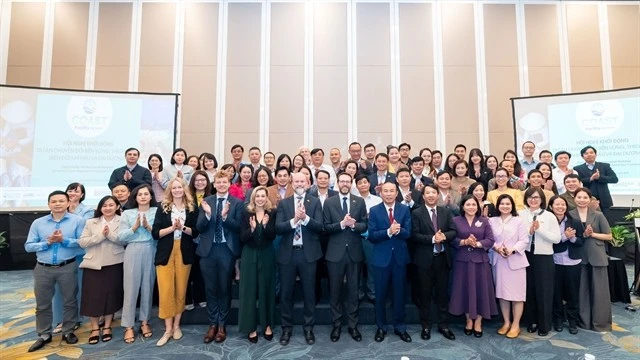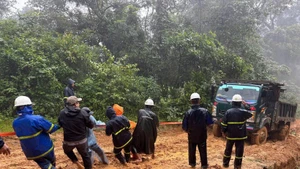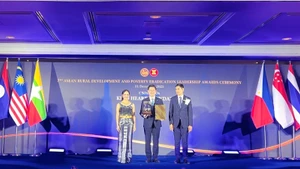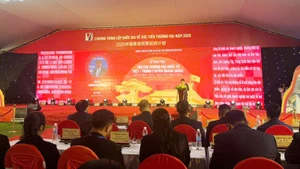The project is part of the 10th country programme for Vietnam funded by UNFPA in the 2022 – 2026 period.
As a coordinator of the project, the VFU’s Central Committee will closely coordinate with the Ministry of Culture, Sports and Tourism, the Ministry of Labour, Invalids and Social Affairs (MoLISA), and the Ministry of Health (MoH) to deploy it in Hanoi, Thanh Hoa, Da Nang and Lam Dong.
Speaking at the launching ceremony, Vice Chairman of VFU Nguyen Xuan Dinh thanked UNFPA for its technical support over the past years, saying he hopes the project will contribute to reducing gender-based violence against women and girls in Vietnam.
The VFU pledged to practically and effectively implement the project, towards meeting the needs and ensuring the safety of Vietnamese women and girls, and ensuring social standards and preventing harmful acts and gender stereotypes - which are the root causes of gender-based violence.
Emphasising that violence against women is one of the most common violations of human rights existing in many countries around the world, including Vietnam, UNFPA Representative in Vietnam Naomi Kitahara said within the framework of its 10th country programme for Vietnam, the agency will support the VFU to come up with innovative initiatives towards digital application in order to promote change in social perception, and behaviour.
UNFPA will also assist in mobilising men and boys to engage in solving problems and building healthy and non-violent relationships, she said.
According to UNFPA, the project will support advocacy and advice on amending the Law on Domestic Violence Prevention and Control, and Gender Equality Law.
A survey supported by UNFPA in 2019 showed that nearly two in three married women (almost 63 percent) have experienced one or more forms of physical, sexual, emotional and economic violence and controlling behaviours by their husbands in their lifetime. About 48 percent of victims did not tell anyone about the violence they endured, and 90.4 percent did not seek any help from public services.
The survey also reflected a higher rate of violence against women in rural areas than in urban areas.
















